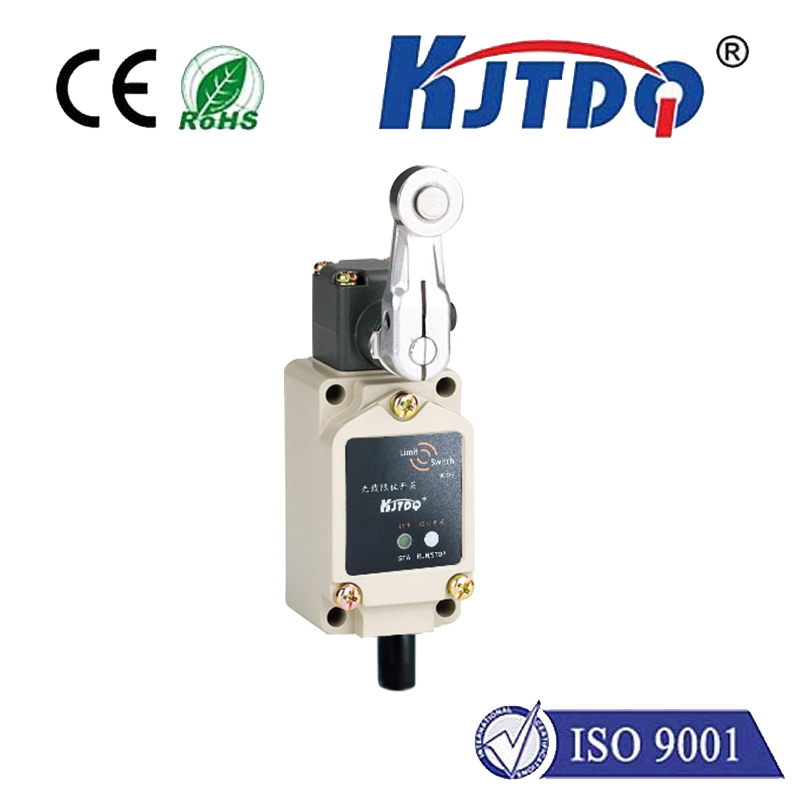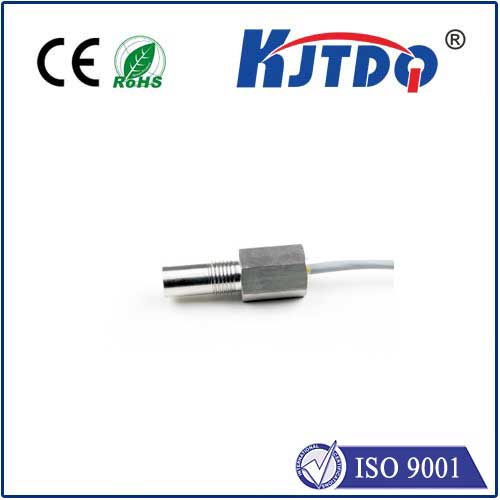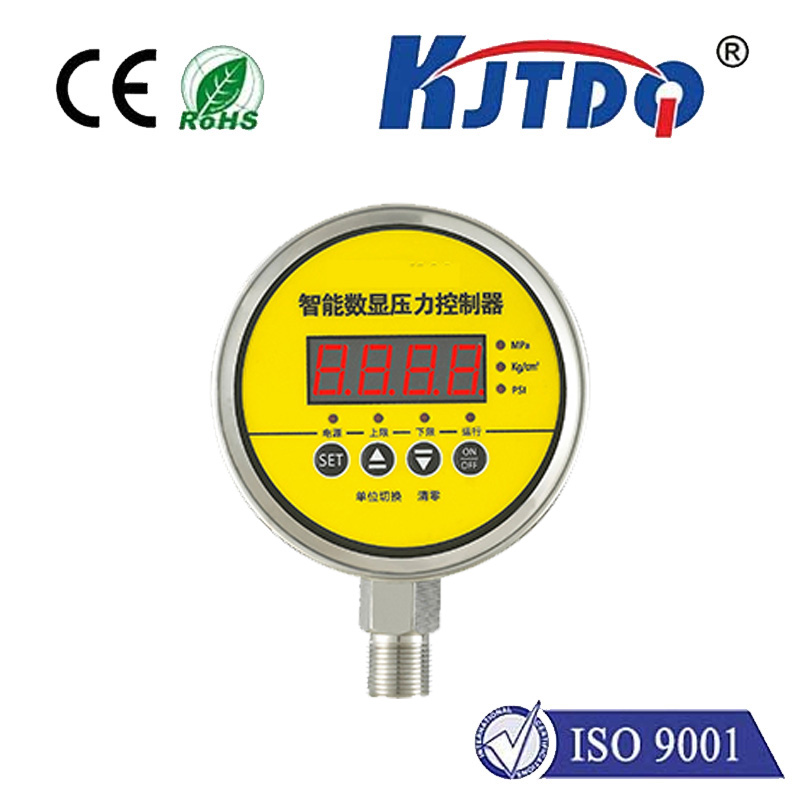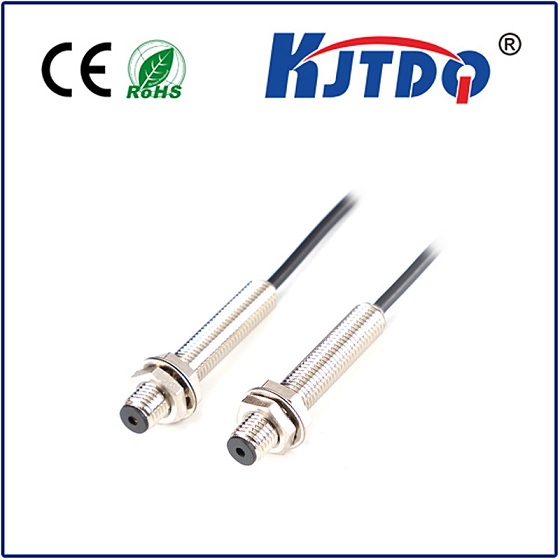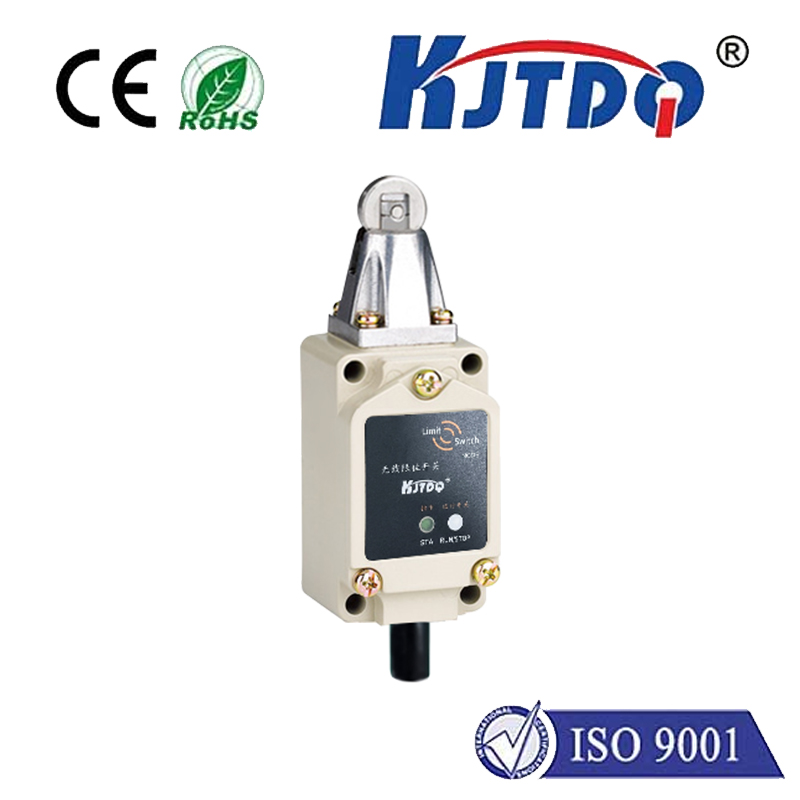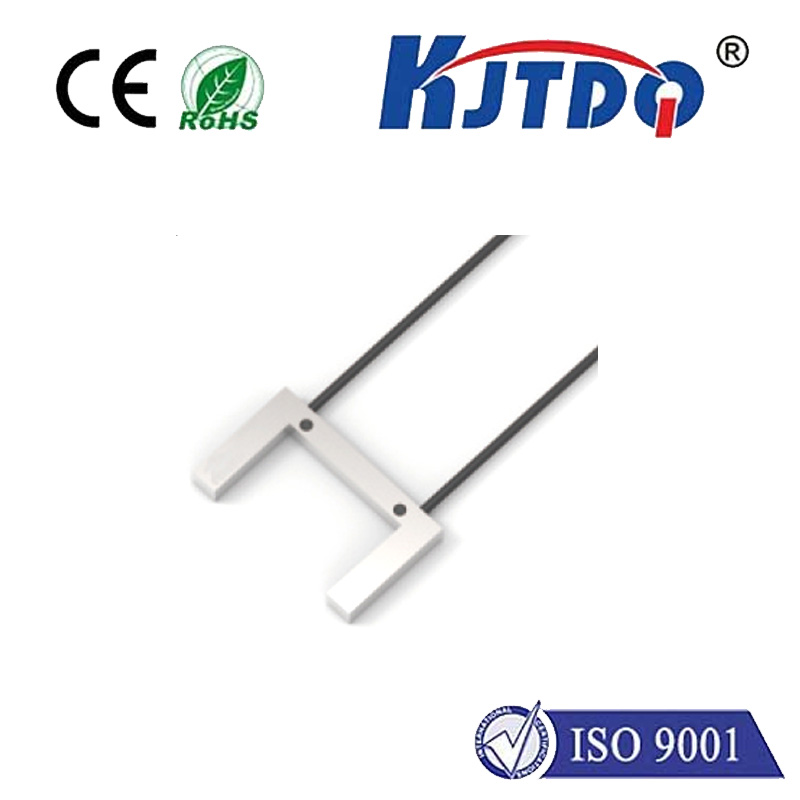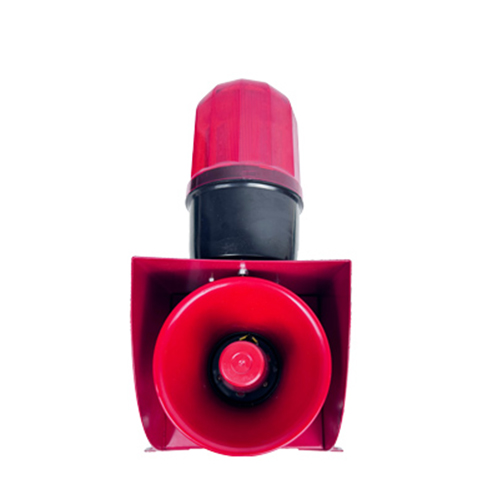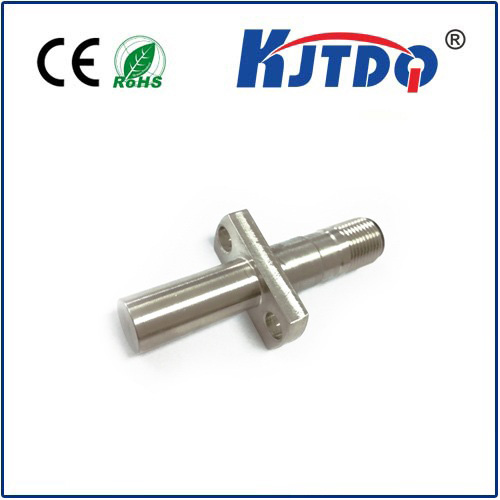proximity sensor npn no
- time:2025-09-05 11:42:52
- Нажмите:0
Understanding NPN NO Proximity Sensors: How They Work and Where to Use Them
Ever wondered how factory robots “see” objects without touching them, or how your car knows when it’s safe to unlock the doors as you approach? The answer often lies in the silent sentinels of automation: proximity sensors. Among the most common variants powering countless industrial and consumer applications is the NPN NO proximity sensor. But what exactly does “NPN NO” signify, and why is this configuration so prevalent? Let’s demystify this essential component.
At its core, a proximity sensor detects the presence or absence of an object within a specific range without physical contact. It achieves this through various technologies, with индукционный датчик being the workhorses for detecting metallic objects. When a metal target enters the sensor’s electromagnetic field, it induces eddy currents, causing a change in the sensor’s internal oscillator. This change is detected and converted into an electrical output signal – this is where the НС and Нет! designations become crucial.
These terms define the sensor’s output transistor type and its default switching state:

- NPN Output: This refers to the type of transistor used as the switching element inside the sensor. Think of an NPN transistor as a switch controlled by the signal from the sensor’s detection circuit. Crucially, in an NPN sensor, the load (like a PLC input, relay coil, or lamp) is connected between the output wire and the positive supply voltage (+V). When the sensor activates (detects an object), the NPN transistor turns on, effectively connecting the output terminal to the negative supply (0V or common). This creates a path for current to flow from +V, through the load, into the sensor’s output, and down to common.
- NO (Normally Open): This describes the default electrical state of the sensor’s output switch when no target is present. A Normally Open (NO) output means the internal switch is “open” when idle, blocking current flow. It’s like a light switch in the “off” position by default. Only when the sensor detects its target does this switch “close,” completing the circuit and allowing current to flow.
Therefore, the combination “NPN NO” tells us we have a proximity sensor that:
- Uses an NPN transistor for switching.
- Has an output circuit that is open (non-conducting) when no target is detected.
- Closes (conducts, connecting the output to 0V/Common) when a target is detected.
Why Choose an NPN NO Proximity Sensor? Advantages & Typical Applications
The NPN NO configuration offers distinct advantages that make it suitable for a vast array of scenarios:
- Compatibility with Sinking Inputs: Many Programmable Logic Controllers (PLCs) and control systems have input modules designed to accept “sinking” signals. An NPN sensor acts as a sinking output device – it sinks current into itself when active. This makes it the natural companion for PLC inputs that require connection to 0V/Common when activated. Connecting the NPN NO output to such an input provides a clean signal: high (no target) or low (target present).
- Safety Logic (Non-Detection = Open Circuit): The Открыть aspect is valuable for fail-safe considerations in certain designs. If a wire breaks or the sensor loses power, the circuit remains open (no detection state). This can be interpreted as a “safe” condition in monitoring applications (e.g., a gate open signal, or a part-not-present state).
- Simplified Wiring: Wiring NPN sensors often follows a consistent pattern: connect Brown (+V), Blue (0V/Common), and Black (Output to PLC Input). The PLC input connects internally to +V via a resistor (sinking input).
Here are typical applications where NPN NO sensors shine:
- Object Detection on Conveyors: Detecting the presence or absence of metal parts, cans, or machine components moving along a line. The NO output activates (“closes”) only when the part is present.
- Position Verification: Ensuring a cylinder is retracted (or extended), confirming a clamp is open, or verifying a fixture is in the correct position before starting a process.
- Counting: Counting metal objects passing a specific point; each detection event causes the NO contact to close momentarily.
- Level Detection: Monitoring the presence/absence of a metal float or target in tanks.
- Machine Guarding: Used as part of safety circuits to detect if a guard door is closed correctly (sensor detects metal striker plate). While safety circuits require certified components, the principle leverages NO behavior.
- Robotics: Detecting end-of-arm tooling positions or the presence of a workpiece for pick-and-place operations.
Key Considerations When Using NPN NO Sensors
While versatile, understanding their context is vital:
- Sourcing vs. Sinking: Ensure your controller’s input card is configured or designed to work with sinking (NPN) outputs. Connecting an NPN output to a sourcing input typically won’t work without additional components.
- Voltage Compatibility: Always match the sensor’s supply voltage (e.g., 10-30V DC) to your system’s power and ensure the output can handle the load current/voltage.
- Wiring: The standard wiring for an NPN NO 3-wire sensor is Brown = +V, Blue = 0V/Common, Black = Output (Switched to 0V/Common when active).
- Non-Metallic Targets: Remember, standard inductive NPN NO sensors only detect metals. For plastics, liquids, or other materials, capacitive, ultrasonic, or photoelectric sensors with NPN NO outputs might be needed.
The NPN NO proximity sensor is more than just a technical specification; it’s a fundamental building block of modern automation characterized by its sinking output nature and open-circuit default state. Its design offers compatibility, predictable logic, and reliability, making it an indispensable solution for countless position sensing, object detection, and counting tasks where knowing “metal is present” triggers a closure to ground. Grasping the meaning of “NPN” and “NO” unlocks the ability to select and integrate these robust sensors effectively, ensuring your machines and systems operate smoothly and intelligently.


